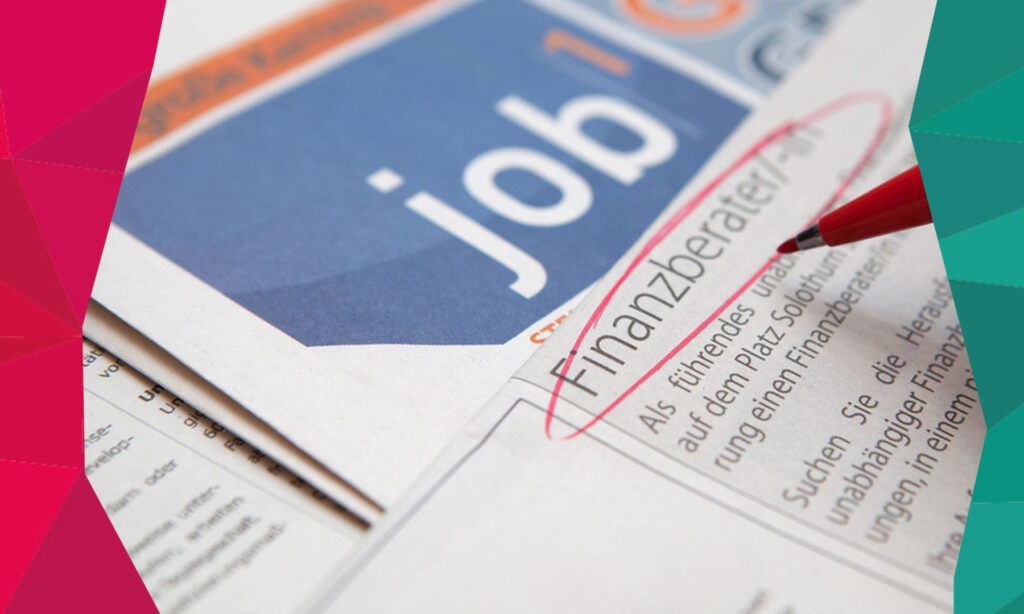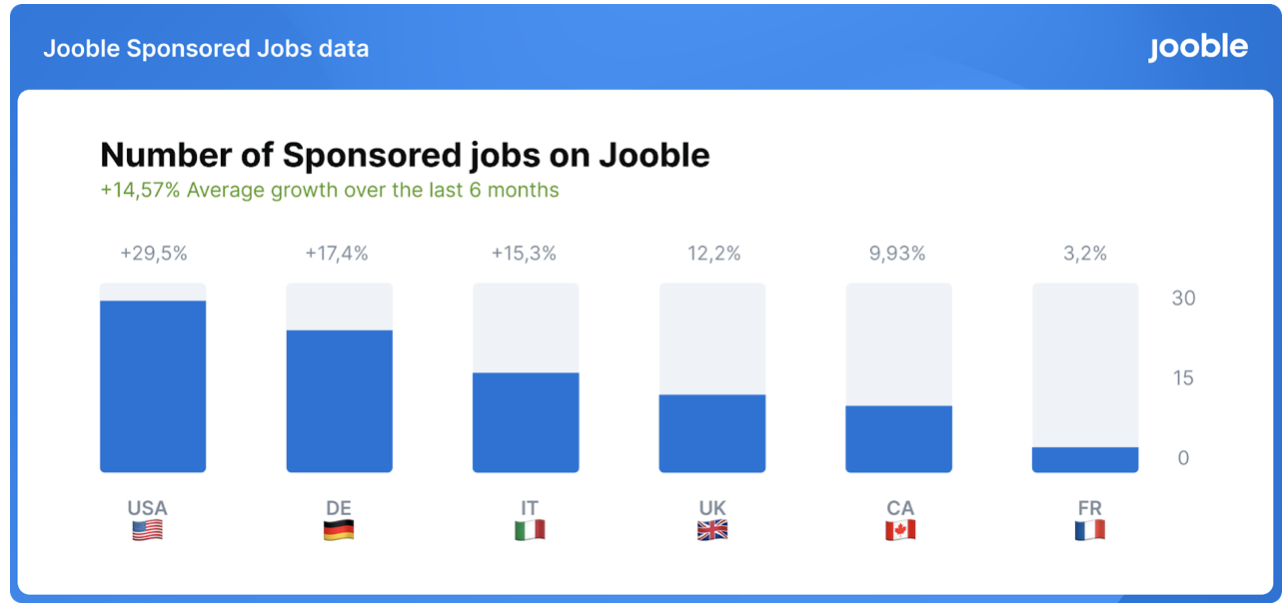
An average person spends 90,000 hours at work. I.e. as much as the third of our life. Nowadays job seekers have to express unprecedented patience and persistence while looking for the most suitable options. At the same time, they have additional channels of information to do that.
How do job boards work?
The more traffic the job board receives, the higher number of applications for posted vacancies its clients might get. More applications – more chances to find a perfect candidate. Since posting is usually done on a pay-per-post basis, it makes the competition among the job boards more intense. The idea is simple: the website gets a sponsored job posting and delivers to it as many qualified applicants as possible. What could go wrong?
Let’s imagine the situation when the company didn’t receive any applications. There may be a thousand reasons why it happened. However, the first thing the client company would do is suspend cooperation with the job board. The latter will inevitably lose money.
Minimising the risks
#1: Different traffic sources
First of all, they have to diversify traffic sources. Marketing experts do not recommend relying on a single one. For example, to expand the traffic network, job boards apply direct traffic, organic search traffic, job email alerts, social media traffic, referral traffic (e.g., Google for Jobs, Jobs on Facebook, LinkedIn), and job aggregators. Let’s not forget about paid traffic sources, such as Google AdWords, Bing Ads / Facebook Ads and job aggregators. All of them can add significant value and bring positive ROIs to the job portal if the initial setup is done correctly.
#2: Cooperation with Job aggregators
Let’s take a closer look at the job aggregators. Jooble specialists consider them to be the easiest and the most reliable way to get a significant traffic volume at a reasonable price. Other paid traffic sources, such as Google AdWords and Facebook Ads also help obtain high-quality traffic, but they require specific digital marketing skills to set up campaigns, generating positive ROI.
According to Jooble specialists, it takes approximately 2-3 working days to integrate with the job aggregator.
Job aggregators introduce a different perspective. They are created for the job search and targeted to both blue- and white-collar job seekers. According to Jooble specialists, it takes approximately 2-3 working days to integrate with the job aggregator. Most job aggregators offer flexible campaign setups and could be integrated with such programmatic advertising platforms as Appcast, Joveo, OnRecruit, etc.
Job sites integrate with job aggregators via XML or JSON feeds. When the integration process is over, they start getting qualified applicants to the job listings. The application flow of a candidate from a job aggregator looks as follows:
The ultimate winner of the application process is the job board. Sometimes the job advertiser is even unaware that the original candidate came from the job aggregator. At the end of the day, it doesn’t even matter, as long as the client is satisfied with the cooperation. The job aggregator remains an intermediary that helped the job board deliver the application to the job advertiser.
#3: Direct Buying and Programmatic Job Advertising
There are two standards of buying traffic from job aggregators: direct buying and programmatic job advertising. Both standards provide either a CPC (cost-per-click) and CPA (cost-per-action) options.
Direct Buying
Direct buying is a traditional way of buying targeted traffic directly from the job aggregators. It’s a classic approach involving human communication, negotiations. You need an in-house team of experienced digital marketing professionals for this. Jooble experience of direct buying says leading market players prefer to interact with job aggregators directly and control the buying process manually.
Programmatic Job Advertising
Programmatic job advertising is a programmatic job ad management designed to help job boards and agencies optimise their recruitment media performance through a single, centralised command centre. They may choose between direct buying or programmatic job advertising standards. It depends on the aims of the job site. ]
How COVID-19 outbreak changed job advertising industry
In spring 2020, the COVID-19 outbreak shook the whole labour market. As a result, the number of advertised jobs around the world decreased by 50%-70%. Talent acquisition leaders had to optimise their expenditures and switched from the traditional pay-per-post mode to the pay-for-performance channels. Due to substantial budget cut-off more companies switched to the marketing models that assume minimum risks for them.
‘Quality not quantity’ has become an expected outcome of the pandemic.
Although such strategies are more time-consuming and difficult to track, clients are ready to sacrifice time to save more money. Furthermore, they agree to lose awareness among users to engage targeted audiences as much as possible. ‘Quality not quantity’ has become an expected outcome of the pandemic.
For example, some companies chose programmatic advertising platforms and focused on sponsoring specific job categories or hard-to-fill roles only. Some of the marketing professionals cut off many unreliable and ineffective traffic sources to optimise the marketing budget.
How is the situation now?
According to Jooble data, the job board markets have been recovering in most countries. For example, over the last 6 months, the share of paid jobs in G-7 countries has risen by almost 15%. Among the leaders are the United States, Germany, and Italy with nearly 30%, 17%, and 15% respectively. We haven’t got back to the good old pre-pandemic days yet.
However, it’s becoming clear that businesses are ready to allocate marketing budgets on sponsored vacancies. Companies have become more certain about the future and want to hire. On the other hand, Covid-19 has made some crucial changes in the industry. For example, now clients prefer playing safe and choose marketing campaigns on a pay-per-performance basis. Moreover, some countries, such as the USA are experiencing a worrying tendency with an assumable labour shortage. People are becoming less likely to accept what the job market is offering right now. Therefore, to reach the goal of providing clients with a good amount of suitable applicants, job boards have to diversify their traffic sources and prioritise the concept of data-driven decisions.









